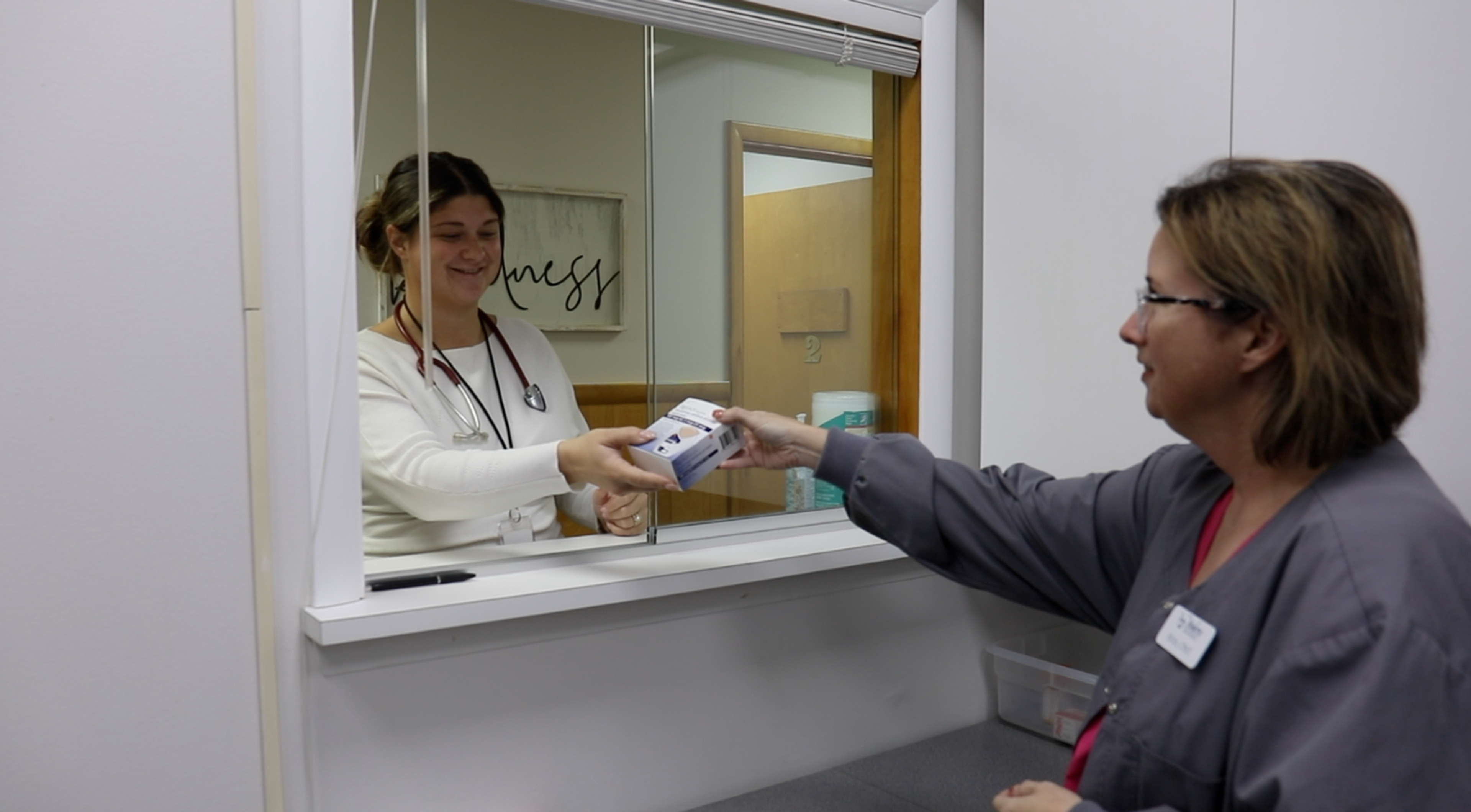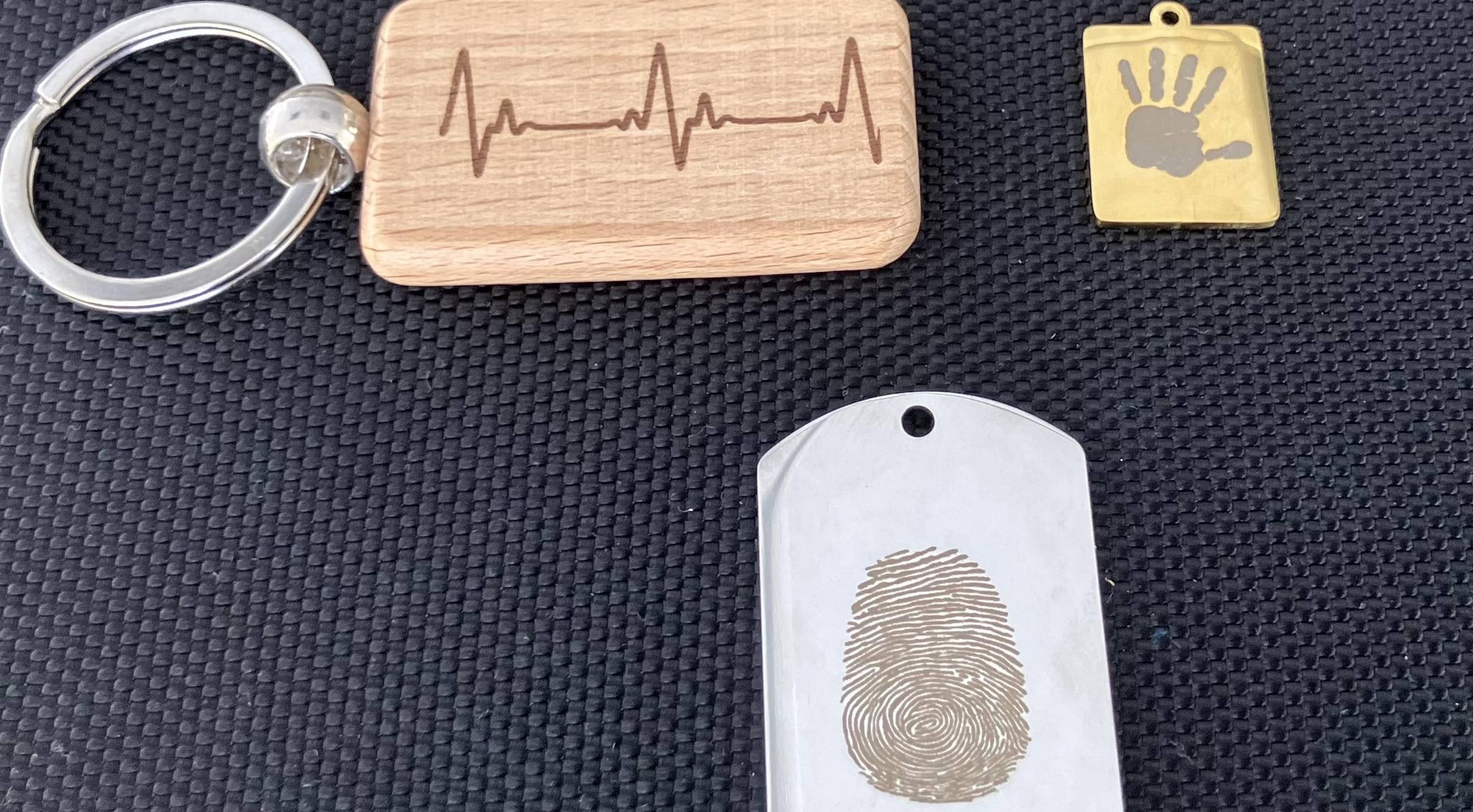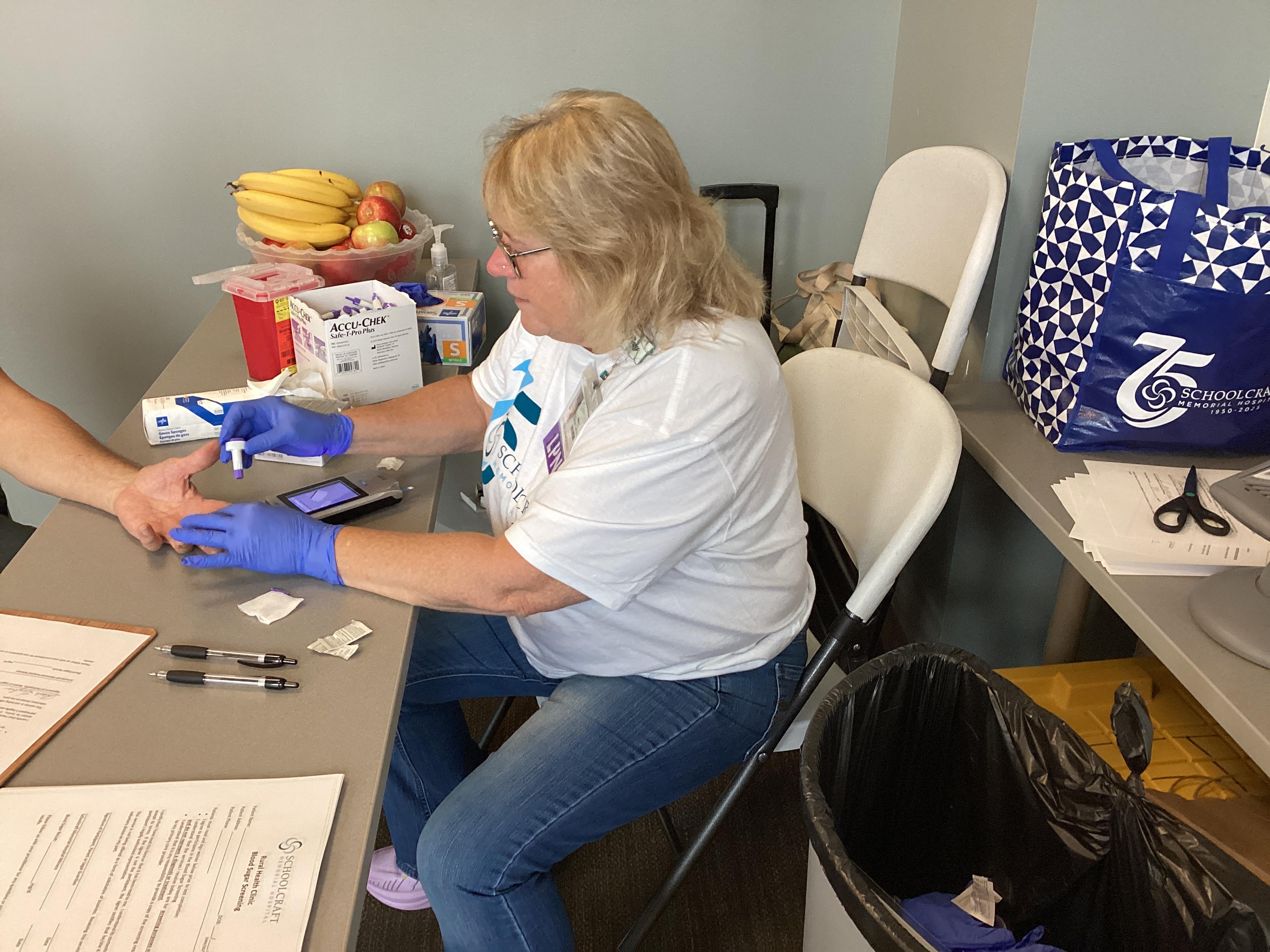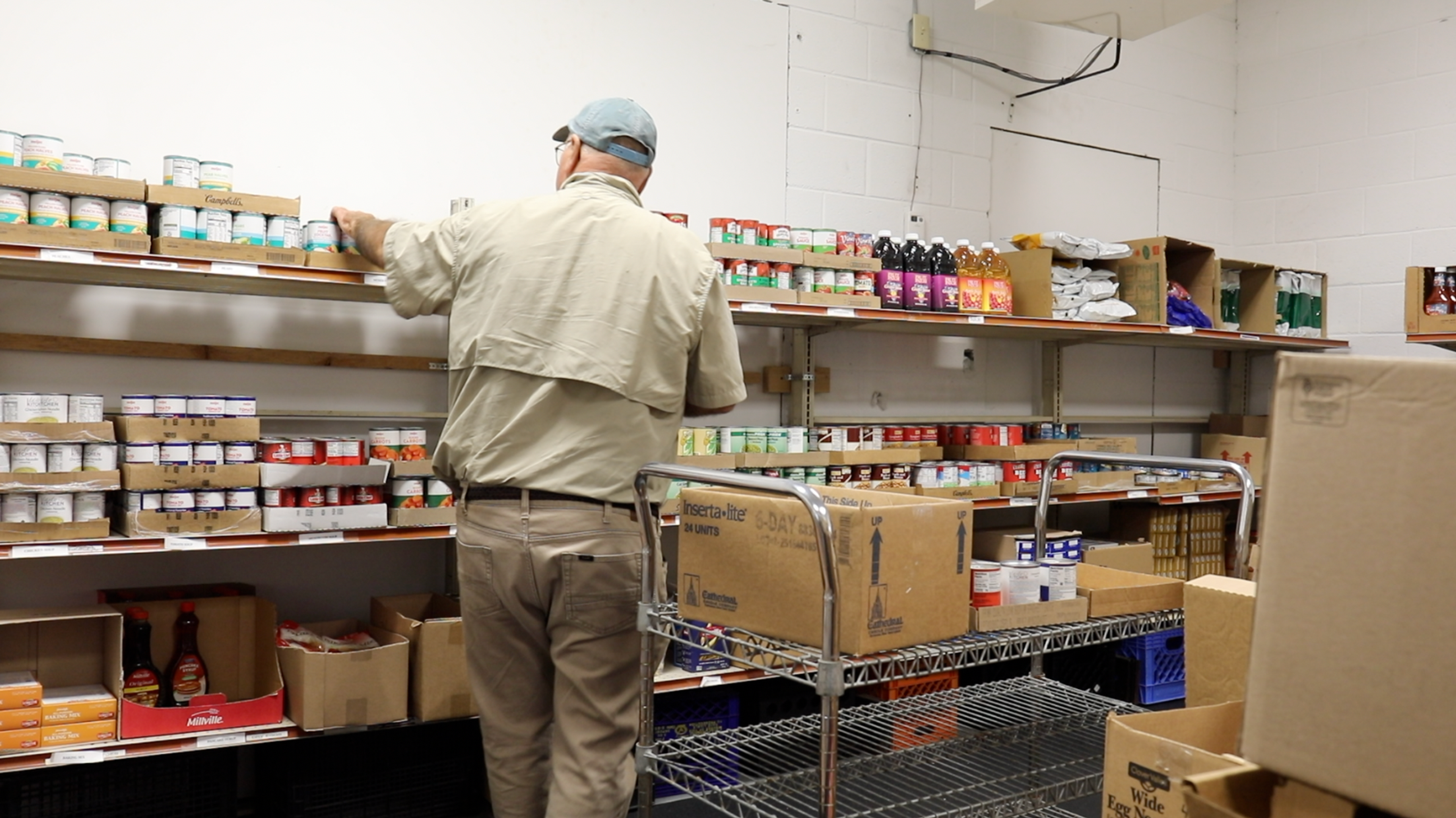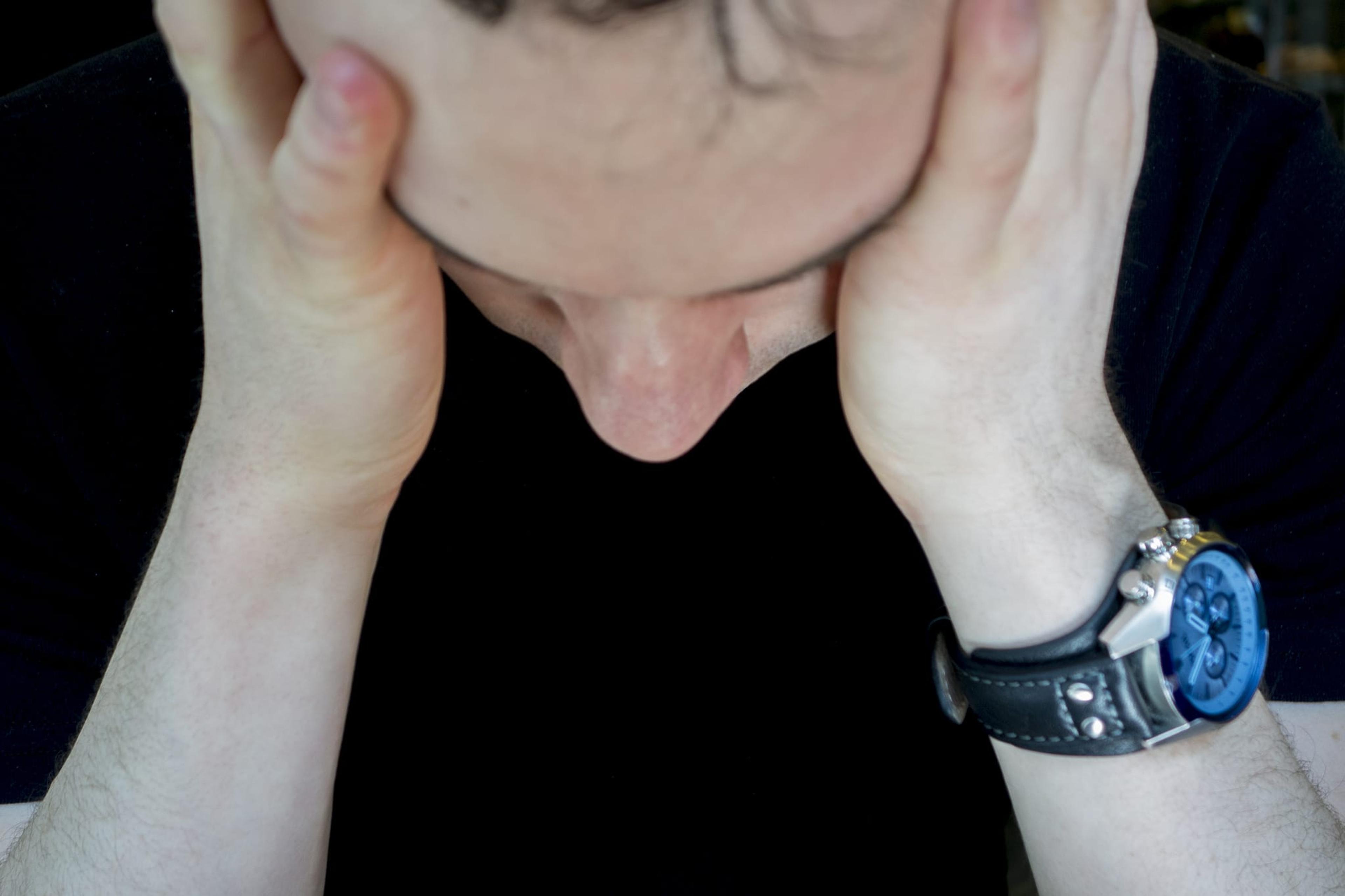
Attention-deficit/hyperactivity disorder, commonly known as ADHD, is a brain disorder characterized by patterns of inattention and/or hyperactivity that alter how people navigate their everyday life. It’s also a disorder that many think only affects children. Although ADHD does affect 11 percent of children between the ages of four and 17, kids aren’t the only population dealing with this disorder. It’s estimated that as many as five percent of adults have ADHD, and the majority of those cases are left untreated. Some adults with ADHD may have been diagnosed with the disorder as a child, but others often have no idea they have it. One reason why: The symptoms can seem like a reaction to everyday situations or character flaws. Plus, everyone experiences some of them at different points in their lives. That said, if you repeatedly notice some of the following symptoms over a six-month period, talk to a licensed health care professional:
- Difficulty following directions
- Problems with time management
- Restlessness and anxiety
- Disorganization
- Short attention span
- Impulsive actions
- Low tolerance for frustration and stress
- Problems in personal relationships
- Easily distracted
Your doctor will be able to diagnose you with ADHD and come up with a treatment plan. Outside of prescribed medications, a treatment plan might also include self-care measures, such as healthy eating and physical activity, as well as psychological counseling. Visit these blogs for more about mental health treatment:
Photo credit: jseliger2

